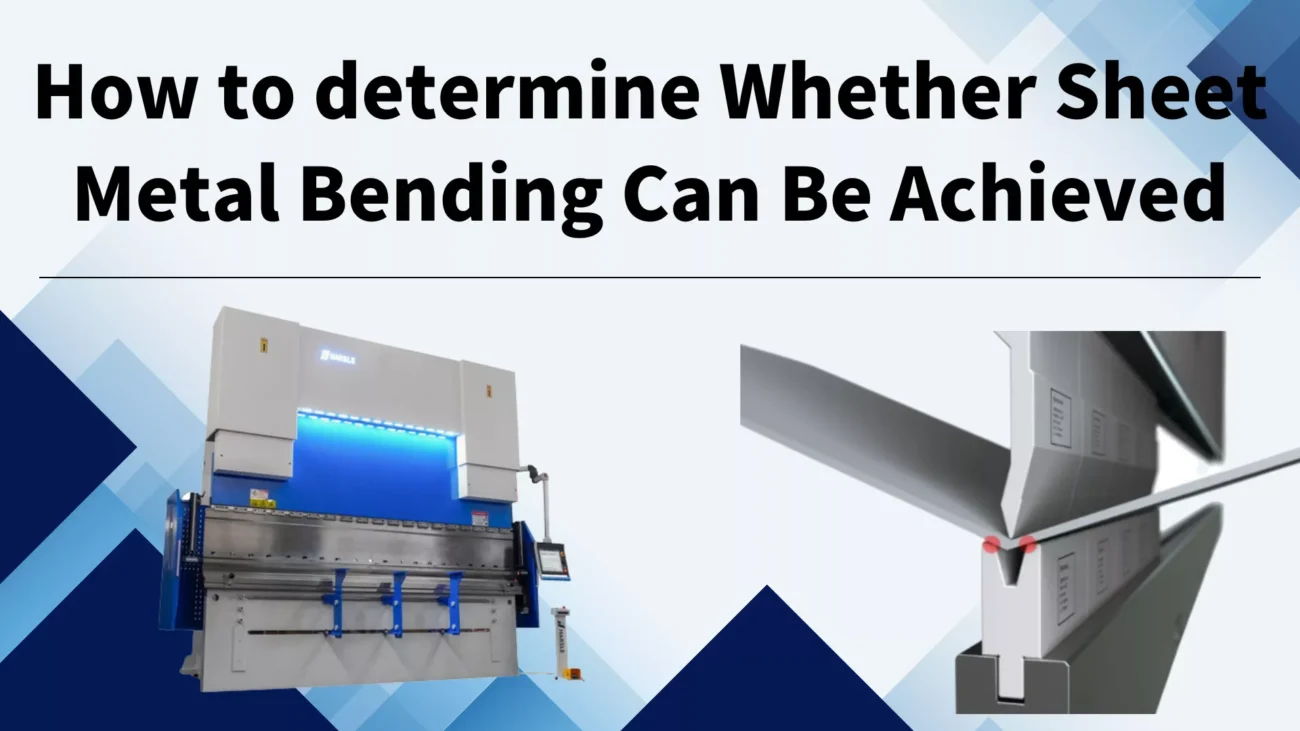What Are The Reasons For Inaccurate Sheet Metal Bending
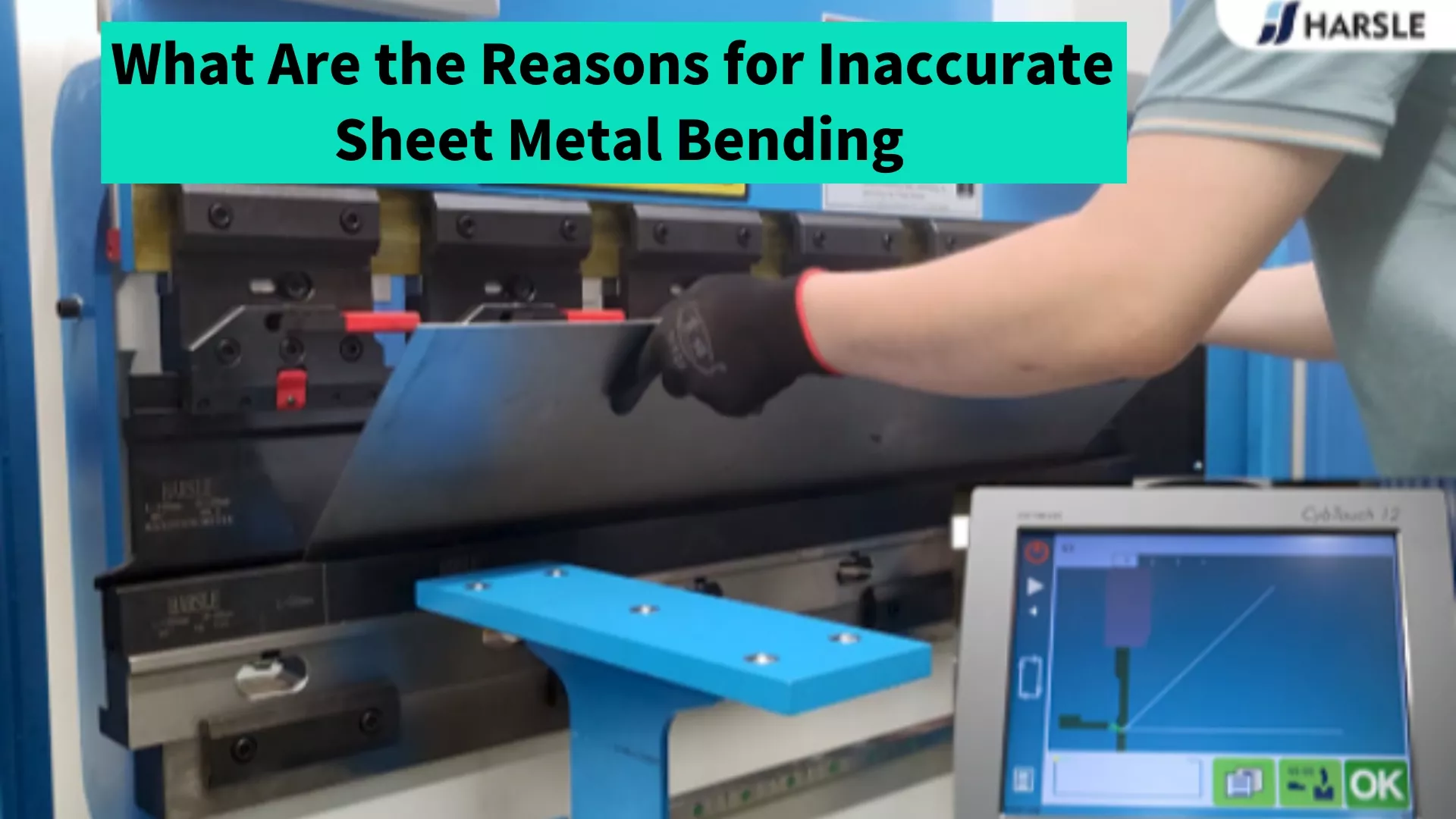
Sheet metal bending is a common manufacturing process used to create 2D shapes from flat sheets of metal. It is widely used in various industries, including automotive, aerospace, electronics, construction, and more. The process involves deforming the metal sheet along a straight axis to achieve the desired angle or shape.
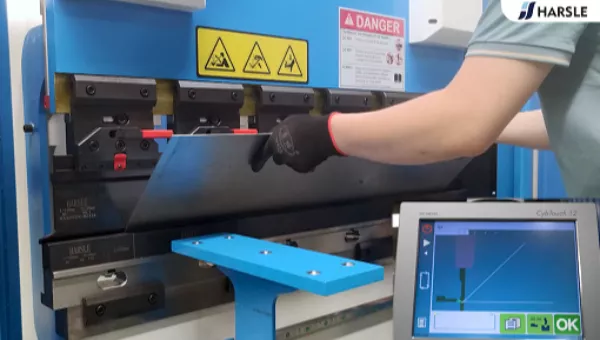
Sheet Metal Bending Concepts
1. Material selection: Sheet metal is typically made from materials such as steel, aluminum, stainless steel, or other metals with good formability and strength.
2. Tooling selection: Bending operations require specific tooling, including a punch (also known as the upper die) and a die (also known as the lower die or V-die). The punch and die work together to apply force and form the metal into the desired shape.
2. Bend allowance calculation: Before bending, it’s essential to calculate the bend allowance, which is the length of the neutral axis (the imaginary line in the middle of the material thickness) that remains unchanged during the bending process. This calculation ensures that the final bent part matches the desired dimensions.
3. Bend angle: The bend angle is the angle to which the sheet metal is bent. It is measured from the original position to the final position after bending.
4. Springback: After the bending process, the metal often exhibits some elastic recovery, known as springback. It causes the bent part to return slightly towards its original position. Designers and manufacturers must account for springback to achieve the desired final angle accurately.
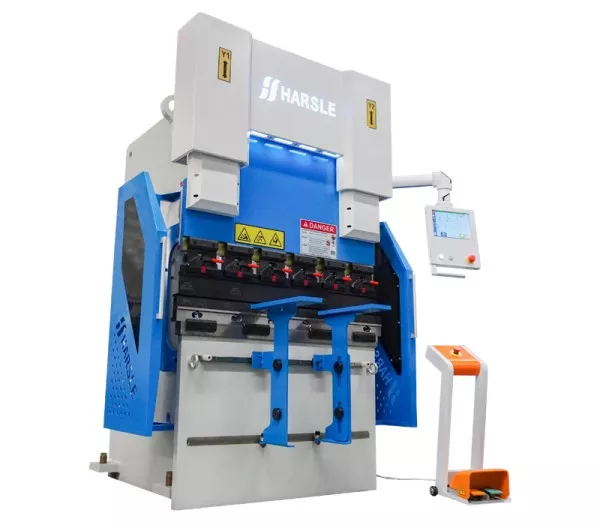
5. Bending methods: There are various methods of bending, including air bending, bottom bending, coining, and wiping. The choice of method depends on factors such as material thickness, bend angle, tooling, and required precision.
6. Bending machines: Sheet metal bending can be performed using different machines, such as press brakes, folding machines, and roll benders. The selection of the machine depends on the complexity of the bending task and the required production volume.
7.Safety considerations: Working with sheet metal involves the use of machinery and tools, which can be hazardous. Safety precautions should be followed, such as using personal protective equipment (PPE), proper machine guarding, and training for operators.
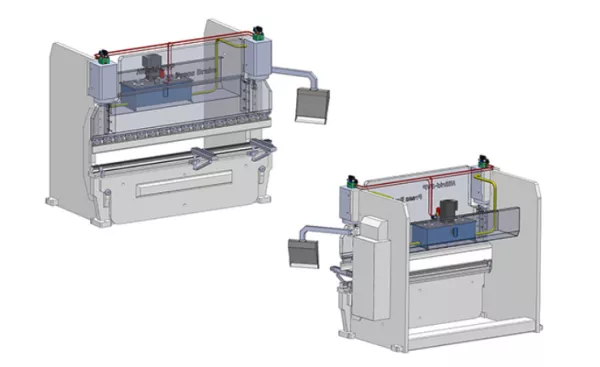
Different Environments Have Different Bending Coefficients
Plate bending is actually a stretching process, and the outer wall of the plate is actually lengthened after bending, so that the bending coefficient appears. For example, the bending coefficient of a 0.8 mm thick iron plate is 1.5, the 100 mm long cold rolled plate is 0.8 mm thick and the bending coefficient is 20, and the other bend is actually 81.5. The bending coefficient is tested, and the bending coefficient is different according to the difference between the upper mold and the lower mold of the bending machine. Theory belongs to theory, and practice is more useful.
Sizing method: first measure the center of the notch of the bottom mold to the front dimension minus half of the coefficient, this is the zeroing dimension. Use this zeroing size plus the size to be bent, and the rear size is determined.
The method of testing the bending coefficient: first cut a piece of material with a specified thickness, 100mm wide, and bend 40. Use a caliper to measure the two bends, add the dimensions of the two bends together and subtract 100mm, which is the bending coefficient of the sheet, and pay attention to the thickness of the material and the size of the bottom groove.
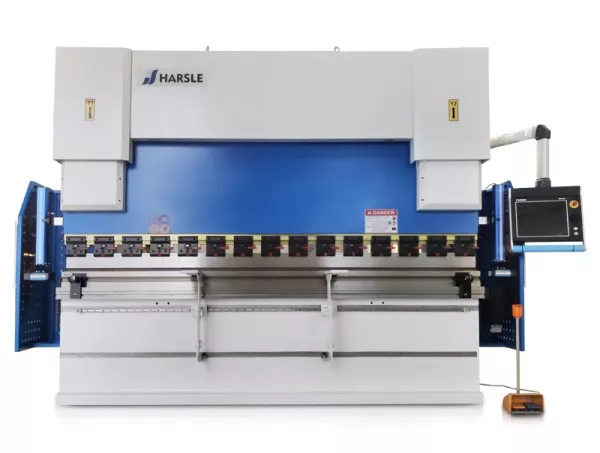
Material Reasons
Both hot rolling and cold rolling are processes for forming steel plates or profiles, and they have a great influence on the structure and properties of steel.
The rolling of steel is mainly hot rolling, and cold rolling is usually only used to produce steel products with precise dimensions such as small sections and thin plates. Hot-rolled steel plate is the most feared material in bending, and it is also the most difficult material to bend. Hot-rolled steel plate is also SPHC, because during the rolling process, a layer of very hard ferroferric oxide will be formed on the surface. The elongation rate of the internal material mechanical properties is not very good, and cracks are prone to appear during the bending process.
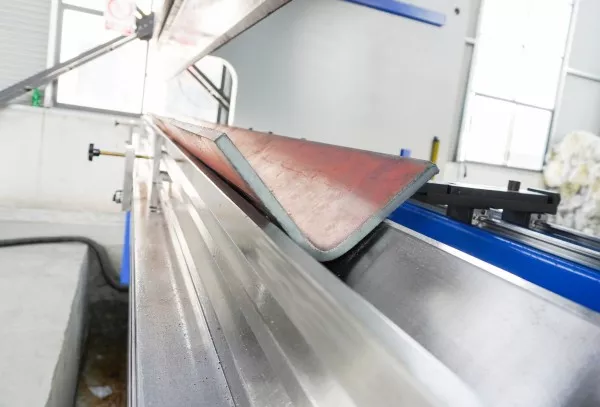
If you buy cheap materials for hot-rolled steel sheets, the quality will be unstable, the internal mechanical properties will be inconsistent, and the thickness of the same sheet will be inconsistent. The bending angle is large and small, and the same bending angle is inconsistent. After the adjustment is appropriate, the angle is inconsistent with the previous one when the next sheet metal part is made. It is full of uncertain factors, so it is listed as the most difficult material for sheet metal bending.















